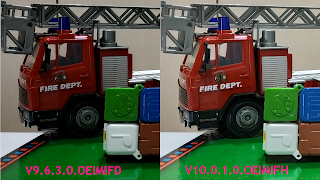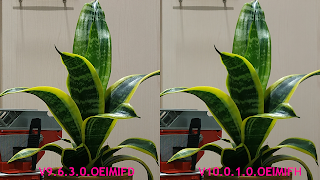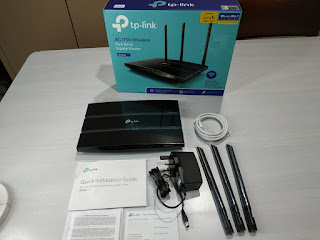Xiaomi finally released MIUI 10 Stable ROM for the Redmi Note 5 Ai/Pro 4 days ago. The V10.0.1.0.OEIMIFH ROM will be released to some users earlier and others will receive it soon.
Those who can't wait for it, can download and manually install the ROM using the updater app. Go here to download the file.
Once the file is downloaded, move it to 'downloaded_rom' folder in your phone's internal storage. Goto Settings>About phone>System update. In the updater app, now goto the '3 dots' and press 'Choose update package'. Then navigate to the 'downloaded_rom' folder and select the file miui_HMNote5HMNote5ProGlobal_V10.0.1.0.OEIMIFH_98721c9743_8.1.zip. After installing, the phone will prompt for a reboot. *Warning: This ROM is not suitable for China version of Redmi Note 5 Ai. If you have it, please do not proceed. Check out the link here https://en.miui.com/thread-3831680-1-1.html. It is possible to flash Global ROM if your bootloader is unlocked for now.
Observations
Battery backup seems to have improved compared to my previous firmware version V9.6.3. This observation is based on my usual usage such as browsing, streaming videos, messaging, emails, some photo taking and no gaming.
Fingerprint scanner is working at it's usual speed, no problems there. Device is certified if you check on Google Play store settings. Connecting the phone to various bluetooth devices like speakers, earphones, headphones, mi band 3 works fine. GPS works fine like usual for me, but some people have noticed an improvement. Overall UI experience is smoother and responsive.
Fingerprint scanner is working at it's usual speed, no problems there. Device is certified if you check on Google Play store settings. Connecting the phone to various bluetooth devices like speakers, earphones, headphones, mi band 3 works fine. GPS works fine like usual for me, but some people have noticed an improvement. Overall UI experience is smoother and responsive.
Camera
Photos look softer and have less details in them. Looks like there is over-smoothening of the photos this time. This is possibly due to many complaints on the forums that photos were too noisy. Frankly, I'd prefer a photo with more details, and choose to smoothen anything my way.
They got the HDR right on this firmware finally. On the previous versions, all photos with HDR look really dark. Portrait mode on the stock camera seems identical with previous firmwares. Based on the comparison below, edge detection does seem to have improved slightly.
There are no changes to white balance, saturation and brightness in the photos. There is a slight improvement on the stock camera app startup. But I've never felt it being slow on previous firmwares.
Video recording? The new 1080p 60fps option is just horrible. EIS does not work well in this option and video footages all looked darker, compared to the other video modes.
I did not test the selfie camera as I rarely use it.
I did not test the selfie camera as I rarely use it.
V10.0.1.0.OEIMIFH sample photos
Below are some sample photos I've taken before and after the firmware update. I'll be comparing photos between V9.6.3.0.OEIMIFD and V10.0.1.0.OEIMIFH since I'm updating from V9.6.3.0.OEIMIFD.
All photos are taken in:
1. Auto mode ( unless stated otherwise )
2. Picture quality is High
3. Contrast, saturation and sharpness is Normal
4. All photos are taken 37 cm away( from the nearest object ); phone is placed on a fixed stand and position.
5. Auto exposure settings is center-weighted.
6. Light intensity near the objects are about 160 lux ( measured with Lux Meter by Doggo apps ). So it's considered below average lighting condition.
Top photo is V9.6.3.0.OEIMIFD. Bottom photo is V10.0.1.0.OEIMIFH. Flash auto, HDR off.
Comparison side by side. 100% zoomed in.
Top photo is V9.6.3.0.OEIMIFD. Bottom photo is V10.0.1.0.OEIMIFH. Flash auto, HDR on. Flash did not fire on both versions.
Comparison side by side. 100% zoomed in.
Flash auto, HDR auto.
Top photo is V9.6.3.0.OEIMIFD. Bottom photo is V10.0.1.0.OEIMIFH. Portrait mode.
Top photo is V9.6.3.0.OEIMIFD. Bottom photo is V10.0.1.0.OEIMIFH. Flash auto, HDR auto. Taken in almost total darkness.


































